Introduction to winter season vegetables and fruits in India
Indian winter is the best time to grow a variety of vegetables and fruits. This growing season is also called as the Rabi season. Some vegetables in India are grown as Rabi crops. Growing winter vegetables allows you to extend the season, and many vegetables that can be grown in winter will make earlier crops than spring plantings. If you were organized in late spring or early summer then you will have already grown some winter vegetable plants such as Winter Cabbage, Kale, and Brussels sprouts. These will be well underway by autumn and you will already have started planting winter vegetables outdoors.
A step by step guide to winter season vegetables and fruits in India
As winter is knocking the Indian doors, the vegetable stalls are changing the fruits and vegetables with winter ones. There are many winter fruits in India that you can include in your diet. Eating seasonal fruits and vegetables helps you to stay blooming throughout the season. The list of seasonal fruits in India in winter depends upon different factors including location and availability. You should be aware of the fruits available in the region in different seasons. You can grow winter vegetables and fruits in many parts of the country. In mildest regions, you can plan to pick fresh winter garden vegetables from fall to spring season.
Winter fruits play a role in creating a spirit-refreshing multi-season garden design. Winter vegetable plants include an array of plants, from root crops to greens, to brassicas. The list includes semi-hardy plants, which withstand light frosts, as well as hardy winter vegetables, which tolerate hard frosts. Semi-hardy plants include arugula, endive, leaf lettuce, and gourmet greens. Asian greens, savoy cabbage, and radicchio survive light frosts. For root crops, the semi-hardy group includes beets, carrots, and Irish potatoes.
Cool-season gardening tips
Vegetables that produce fruit, like tomatoes and squash, require lots of warmth and sunlight and are not suited to cool-season gardening. Leaves such as Spinach, Arugula, Chard, Parsley, and Asian greens thrive in cooler temperatures and can handle at least light frost. Lettuce is a little less cold hardy, but it tastes the best when grown in cool weather crops. Kale handles the cold extremely well and survives temperatures far below freezing. Brussels sprouts, cabbage, and broccoli are all good cool weather crops. Roots such as carrots, turnips, parsnips, and beets can survive freezing temperatures and vastly improve in taste when the plant concentrates more energy on root growth and builds up sugars for frost protection.
Although many winter season vegetables can survive cold temperatures, cool-season gardening is effective if you take a few steps to keep the plants warm. Simply putting down mulch or a floating row cover can raise the soil temperature level by a few degrees. Building a cold frame over cool weather crops is even effective. You can stretch transparent plastic over a structure of PVC pipe or, more easily, lay hay bales around the perimeter of winter season vegetables and lay an old window across the top. Open cold frame up on sunny days to allow some cooler airflow. A more expensive, but worthwhile option, is the purchase of a greenhouse. Even in cold climates, you must be able to grow cool season crops all winter long. If none of this appeals to you, consider growing vegetables indoors.
Best vegetables that can be grown during the winter in India
Some of the best vegetables that can be grown during the winter in India;
Beets
Beets are available throughout the year but the freshest produce is available in the winter season. Beets are better in the winter season because they are low in calories and are packed quite densely with nutrients. This makes the vegetable suitable for consumption in the cold weather of the winter season.
Carrots
You should not miss this: Vegetable Planting Chart.
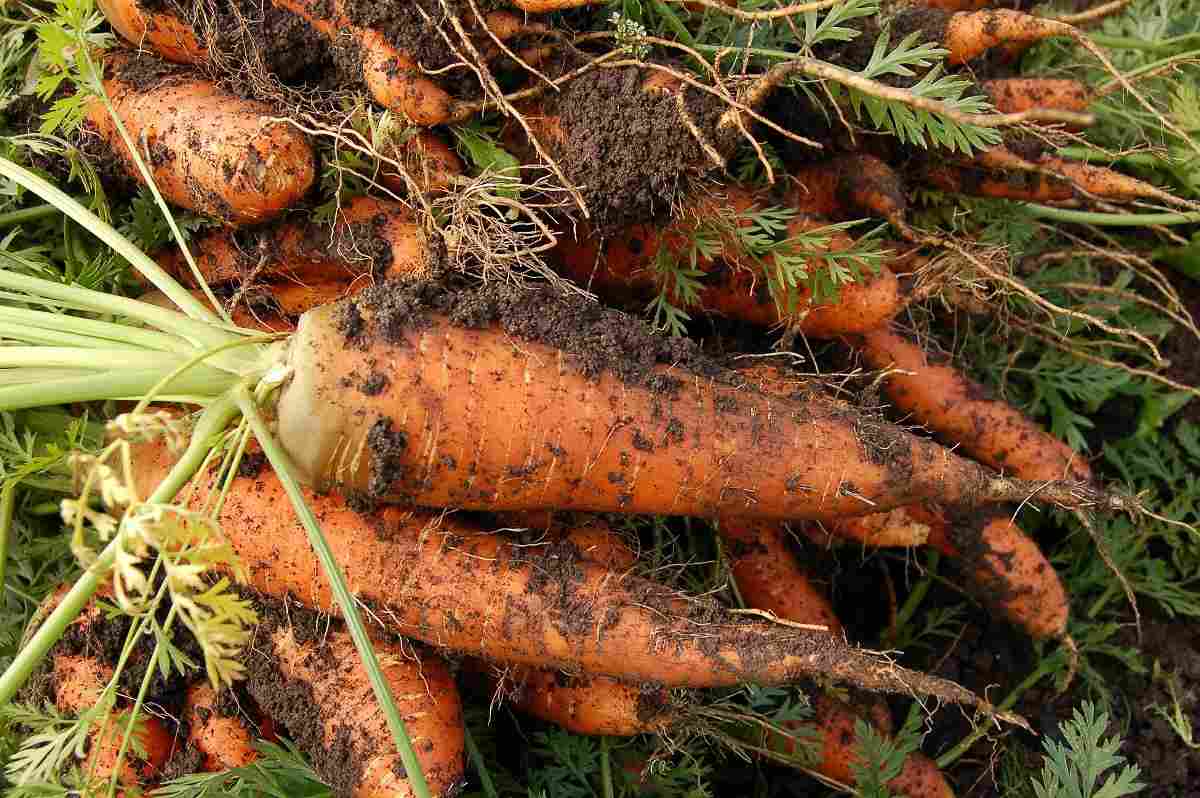
Carrots are another vegetable that is available during the winter months. Carrot is a great source of vitamins and nutrients. It is one of the popular rooting vegetables. Several varieties are different in color, texture, shape, and length of a carrot. Carrot seeds are sown directly on raised beds or ridged beds. Edible roots can be harvested in 80 to 100 days of seed sowing depending on the variety. The soil must be loosened about one-and-a-half times the expected length of the carrot. Break the soil fine to avoid any obstruction to root.
Green Peas
Green pea plants are delicate as they hate hot and humid climate and thrive better in cold & dry weather. Seeds are sown directly on raised beds. The green pea plant is a climber and requires the support of the trellis. Harvesting of pods can begin 80 to 90 days after passed sowing. Peas are fond of phosphorus and calcium. Peas are important winter vegetable, which comes with numerous health benefits. The added advantage is that peas can be incorporated into most Indian foods quite easily.
Garlic
Growing garlic couldn’t be easier and there are lots of varieties to select from for autumn planting. Garlic is well suited to growing in raised beds as the higher-yielding over winter varieties won’t suffer from waterlogging in a wet winter.
Perpetual Spinach
Perpetual spinach makes an excellent ‘cut and come again’ crop that will produce huge yields of tasty plant leaves. Early autumn sowings will keep you supplied with tender young leaves throughout the winter season and with regular harvesting, it will continue to crop well into summer.
Collards
Collard greens are the cold-resistant of any plant in the cold-hardy Brassica family. Collards can withstand winter temperatures down to -15°C and they usually come through the cold even more flavorful.
Capsicum
These non-pungent varieties of chili known locally as Simla Mirch are successfully grown in Indian plains in the winter season. Plants are transplanted on raised beds 4 weeks after seed sowing in seedling trays. Plants need full sunlight; however, production is much higher when grown under green shade net house or poly-house. Capsicum plants are delicate and susceptible to diseases. Harvesting can begin 70 to 80 days after seed sowing.
Onion
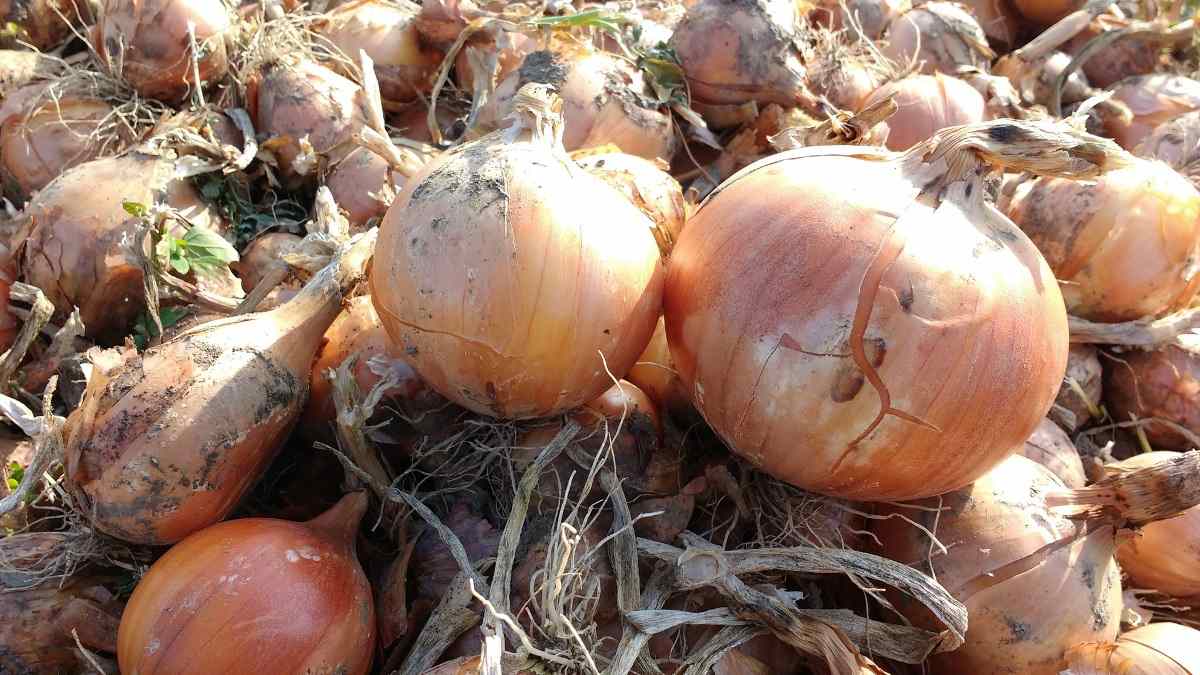
All types of onions are winter crops in India, but they require warm and dry conditions as plants mature and start forming onion bulbs underground. During the cool season, seeds are sown in seedbeds and one-month-old seedlings are transplanted in raised beds. Plants require full sun and frequent irrigation. Onions are ready to harvest in 80 to 100 days after transplanting depending on the variety. Winter onions are a large, hardy vegetable that can survive in cold temperatures. Typically, the majority of growth occurs over the winter months.
Cabbage
While some strains of cabbage are obtainable all year round, most varieties love cool weather and are ready for harvest through the fall and winter. The winter cabbages are sown in late April through May, to be planted out in July to provide a harvest from November right through to March.
In case if you miss this: Goat Farm Business Plan in India.
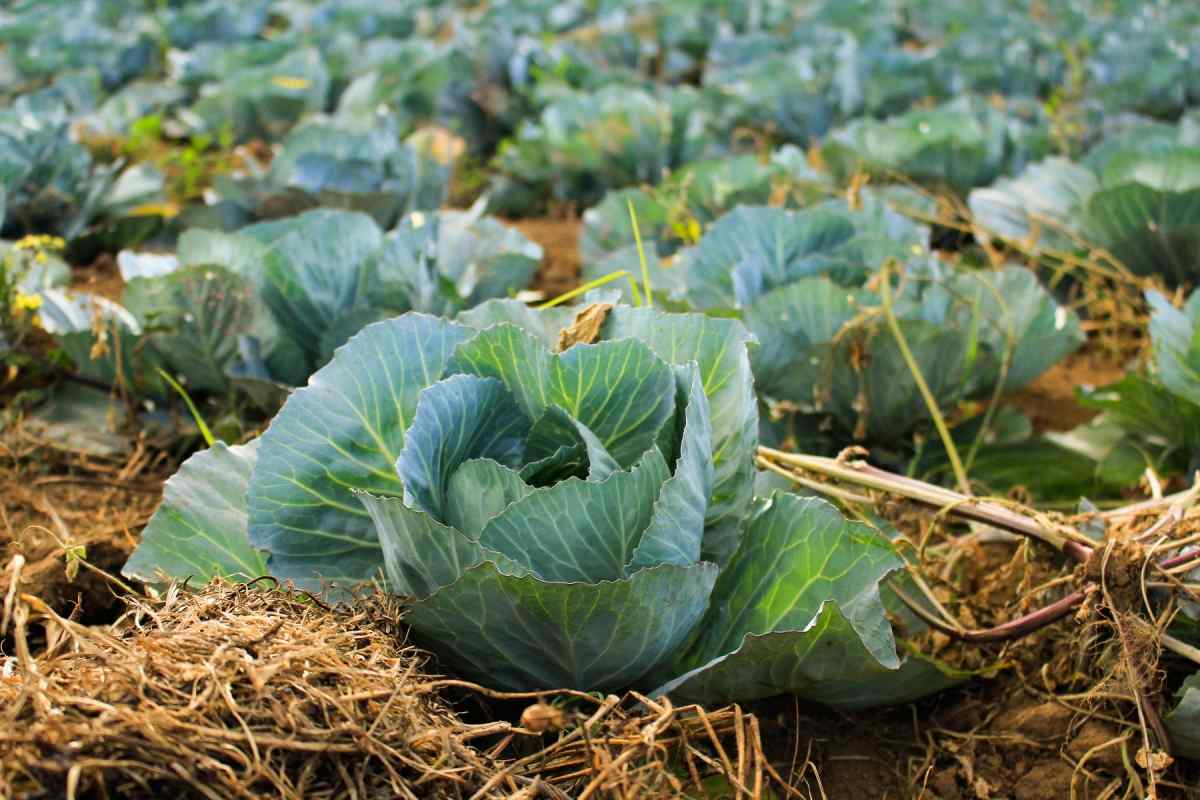
Brussels sprouts
They are a cool-season vegetable and can withstand freezes for short periods, but sustained cold snaps and burial in the snow won’t result in winter sprouts. In colder climates, Brussels sprout plants must be pulled out of the soil before temps drop below -12°C in the late fall.
Turnip
Turnips are considered to be one of the top producers for the winter months. If you are planting so you can have turnips to store throughout the winter season, plant late in the summer to harvest turnips before the first frost.
Radish
For success with winter radishes, prepare a deep and fertile bed of soil. Enrich existing soil with composted yard waste, kitchen waste, aged manure, ashes, leaf mold, and be sure the developing radish plants will have at least six hours of direct sunlight a day through maturity.
Cauliflower
Cauliflower is a popular vegetable of the cabbage family. The optimum monthly average temperature level ranges from 15 to 20°C. The early varieties require higher temperature levels and longer day lengths. So prefer it to cultivate during the winter season or autumn-winter season.
Cauliflower crop cultivated on any good soil from clay to loamy, but the fairly deep loamy soil is most desirable. Soils with high moisture- holding capacity are preferred in late season or summer since water stress adversely affects curd development.
Vegetables to grow in the greenhouse in the winter season
Growing winter vegetables outdoors will make good use of the plot, but some crops will need a little protection from the cold. These vegetable plants to grow over winter can be sown into cells and transplanted later into the soil borders of an unheated greenhouse, and grown under polytunnels, cloches, and cold frames. The vegetables to grow in the greenhouse in the winter season are Winter Salads, Carrots, and Pak Choi.
How to grow vegetables for winter harvests
It takes planning to have enough vegetables for the winter season;
- Sow brassicas and leeks into a seedbed outside or seed trays, cell trays and pots indoors
- Sow parsnips direct into the ground and are aware they can take several weeks to germinate
- Harden off vegetable seedlings raised in the greenhouse thoroughly before planting them outside
- Transplant seedlings to their final positions when they have formed small, sturdy plants with 2 or 4 pairs of true leaves
- Keep plants well-watered and hoe between rows regularly to keep them free of weeds
- Cover salads and leafy vegetable plants with cloches for protection before the frosts
List of fruits available in India in the winter season
Here is the list of fruits available in India in winter;
Apples
Although Apple is not a seasonal winter fruit, the numerous health benefits that it offers makes it to be included in the winter season fruits list in India. As apple is rich in nutrients including antioxidants, flavonoids, and fiber, Apple is one of the most consumed fruits in the world. The winter season is the best time to prune apple trees. The goal of winter pruning is to shape the tree into an open shape, remove dead and dying growth and to preserve 1-year-old spurs on which the apples will grow. The apple tree will recover from a heavy winter pruning during the flush of spring growth. Fertilize apple trees early in summer for stronger apples in winter. Avoid feeding trees in autumn, since the new growth produced is easily damaged by winter cold. It helps to clean up the orchard in autumn. Rake up and remove fallen plant leaves and fruit. As part of your winter treatment for apple fruit trees, remove any dropped, rotting fruit as well as remaining fruit on the trees. Rake up fallen leaves as well; they can be harboring insect pests. You can prevent or limit fruit tree diseases by pruning correctly in winter.
Grapes
Grapes are the most commonly consumed winter fruits of India. The fruits are rich in vitamins and minerals. The nutrients in grapes act as anti-oxidants and help in fighting against cancer, heart disease, high blood pressure, and other health problems. Grapevine winter care involves the addition of some type of protective covering and proper pruning, particularly in colder regions. There are hardy grape varieties that require little to no upkeep. In cold climates, grapevines are generally covered with 8 inches of mounded soil. Extremely cold regions should add some insulating mulch such as straw or shredded cornstalks.
Pruning is done in late winter or early spring, when the grapevine is dormant and before the new vines begin to sprout. You must remove up to 90 percent of last year’s vines, leaving only a few short spurs or canes on the grapevine’s woody trunk. Remove any vines growing below the graft because they are growing from the rootstock and won’t make the same type of grape.
Oranges
Oranges are the most common winter fruit in India. They are easy to carry and convenient to eat even in the workplace. Oranges are a great source of Vitamin C, which is essential to remain healthy during the winters. Though, there is another important benefit to consuming oranges. When we talk about winter season fruits, orange is the first name that comes in our mind. Orange is rich in fiber which will help you to keep a healthy lifestyle in the cold season. Winter season is the time when you can enjoy most citrusy fruits as they become sweeter and juicier. It is considered the best, especially when consumed during the winter season. It is not good for your taste buds, but also your health.
Kiwifruit
This egg-shaped fruit with a fuzzy skin grows on vines and is harvested winter season through spring in warmer and temperate areas. Kiwifruit must be firm without any blemishes but have a little give when ready to eat.
Pomegranate
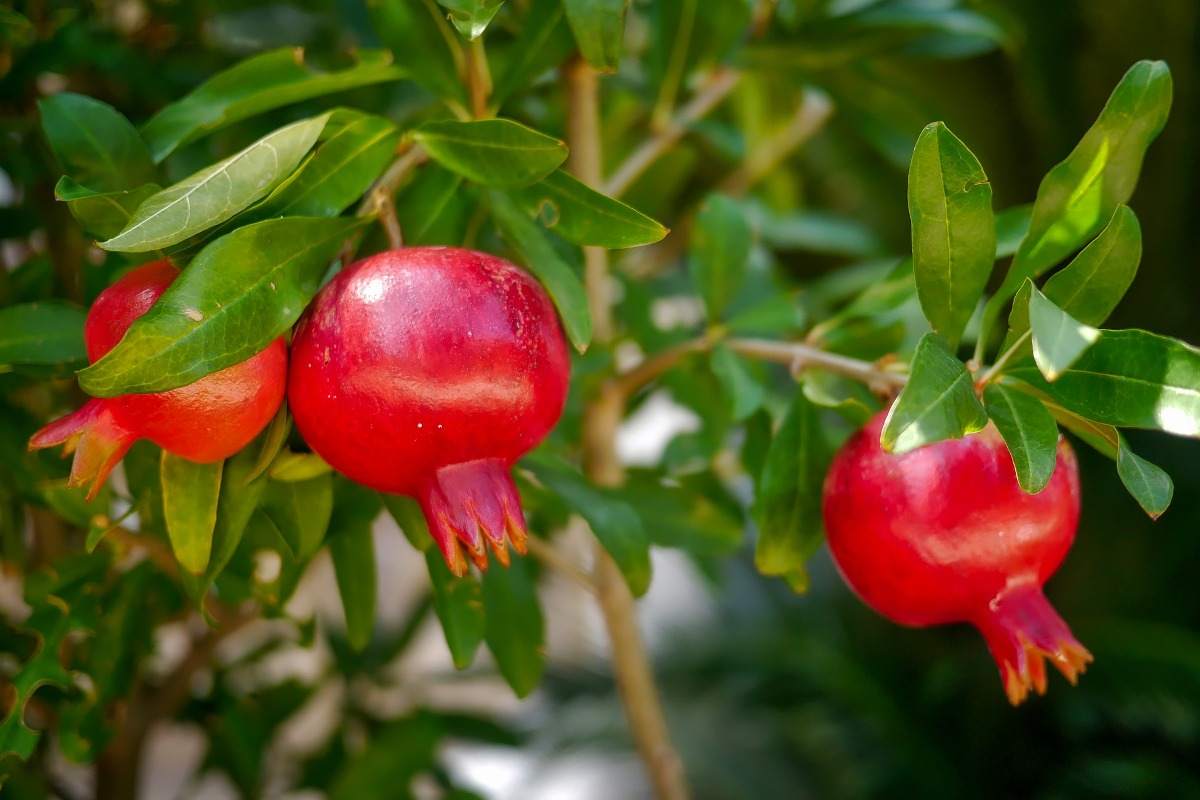
Pomegranates are a very healthy choice of fruit when it comes to the winter season. This pomegranate fruit is great at battling hypertension by controlling the blood pressure levels in the body. Pomegranate thrives well under hot, dry summer and cold winter provided irrigation facilities are available. A berry category fruit, pomegranate fruit was considered as a “fruit of paradise” in the ancient age. The reason behind this is that eating pomegranates prevents the growth of tumor cells within the body. India’s fruit market is filled with fresh pomegranates in the winter season. It is known as a superfood as it helps in fighting against many health problems including cancer and heart diseases.
Guava fruits
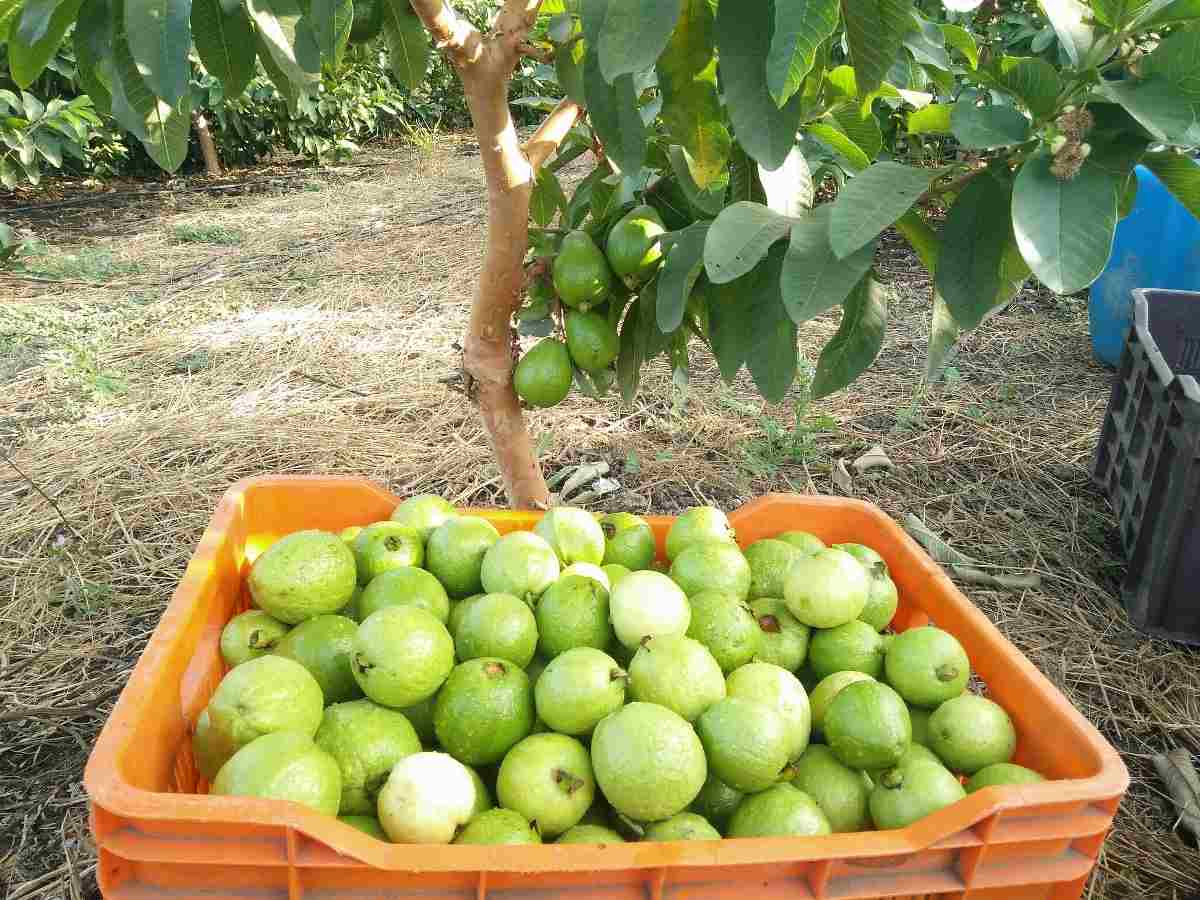
Guavas are also available throughout the year. Though, the most beneficial effects are found when the fruit is consumed during the winter season. The fruit regulates the functionality of the thyroid glands. Guavas act as antiseptic in case of cuts. Due to the high fiber content of the fruit, guavas help against constipation. Successful Guava cultivation is grown under tropical climate and sub-tropical climate. Guava trees are hardy and can thrive on all types of soils, but are sensitive to waterlogging. The best soils for guava cultivation are deep soil, loamy, and well-drained.
Sweet Potatoes
Sweet potato is a renowned fruit made obtainable in the winter season. It is rich in vitamins and other elements.
In case if you are interested in Good Fertilizers and Manures for Vegetables.